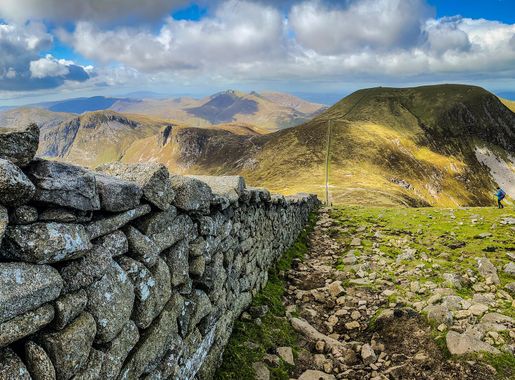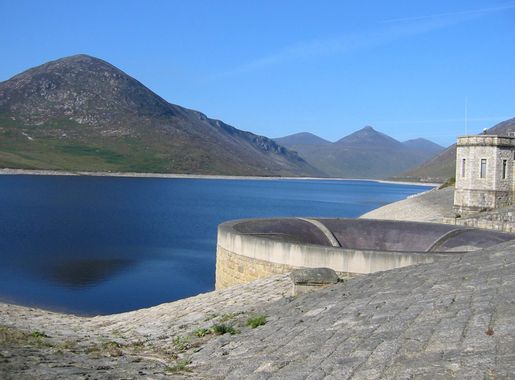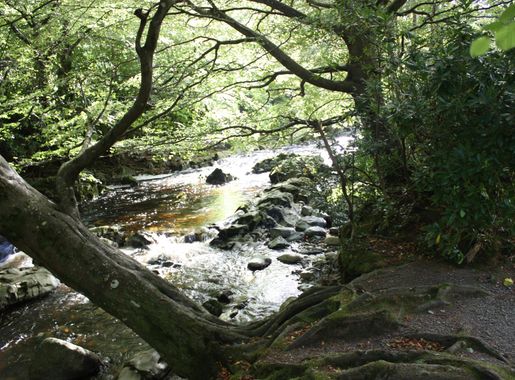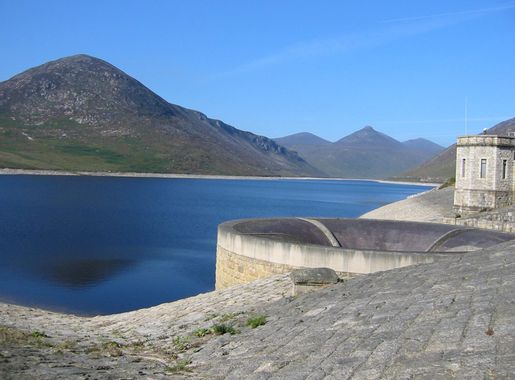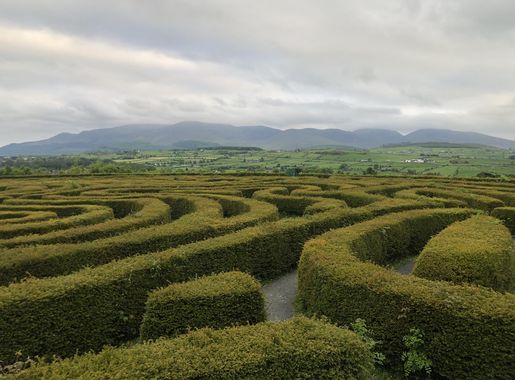
The Enchanting Mourne Mountains
Discover the magic of the Mourne Mountains in Northern Ireland, where stunning landscapes, rich history, and thrilling outdoor adventures await.
The Mourne Mountains, located in County Down, Northern Ireland, are a must-visit for nature lovers and adventure seekers. This majestic range is famous for its sweeping landscapes, granite peaks, and charming valleys. The mountains are steeped in myth and legend, offering a rich tapestry of history and folklore to explore as you wander through its trails. Hiking enthusiasts will be thrilled with the variety of routes available, from gentle strolls to challenging climbs. The Mourne Wall, a 22-mile dry-stone wall that traverses fifteen of the highest peaks, is a highlight for many visitors. For those less inclined to hike, the scenic views can also be enjoyed from the comfort of a car or a guided tour. The area is also known for its vibrant wildlife and flora. Bird watchers can spot species like the Peregrine Falcon and Red Grouse, while botanists will find rare plant species. After a day of exploration, relax in one of the picturesque villages nearby, such as Newcastle or Rostrevor, where you can enjoy local cuisine and hospitality.
Local tips in Mourne Mountains
- Wear sturdy walking boots; the terrain can be rough.
- Check the weather forecast before setting out; conditions can change quickly.
- Bring a map and compass, as some trails are not well-marked.
- Visit during weekdays to avoid crowds, especially in peak season.
- Don't miss the Mourne Seafood Bar in Newcastle for a taste of local cuisine.
The Enchanting Mourne Mountains
The Mourne Mountains, located in County Down, Northern Ireland, are a must-visit for nature lovers and adventure seekers. This majestic range is famous for its sweeping landscapes, granite peaks, and charming valleys. The mountains are steeped in myth and legend, offering a rich tapestry of history and folklore to explore as you wander through its trails. Hiking enthusiasts will be thrilled with the variety of routes available, from gentle strolls to challenging climbs. The Mourne Wall, a 22-mile dry-stone wall that traverses fifteen of the highest peaks, is a highlight for many visitors. For those less inclined to hike, the scenic views can also be enjoyed from the comfort of a car or a guided tour. The area is also known for its vibrant wildlife and flora. Bird watchers can spot species like the Peregrine Falcon and Red Grouse, while botanists will find rare plant species. After a day of exploration, relax in one of the picturesque villages nearby, such as Newcastle or Rostrevor, where you can enjoy local cuisine and hospitality.
When is the best time to go to Mourne Mountains?
Iconic landmarks you can’t miss
Ireland
Explore the breathtaking landscapes and rich culture of Ireland, the Emerald Isle, where history, hospitality, and adventure await every traveler.
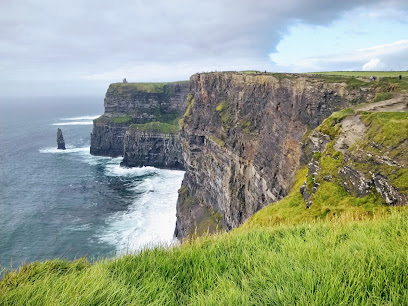
Tollymore Forest Park
Explore the stunning landscapes, rich biodiversity, and outdoor adventures at Tollymore Forest Park, a natural gem in Northern Ireland.
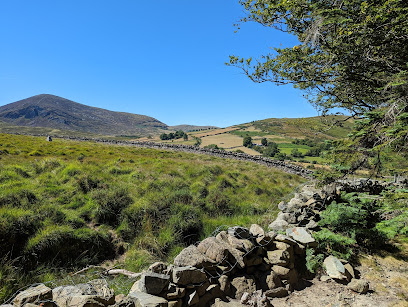
Silent Valley Mountain Park
Explore the breathtaking landscapes and tranquil trails of Silent Valley Mountain Park, a natural wonder in Northern Ireland's Mourne Mountains.
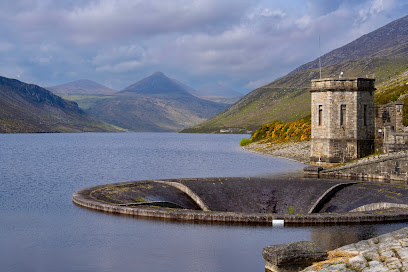
Castlewellan Forest Park
Explore the serene landscapes and vibrant flora of Castlewellan Forest Park, a perfect escape for nature lovers and adventure seekers in Northern Ireland.
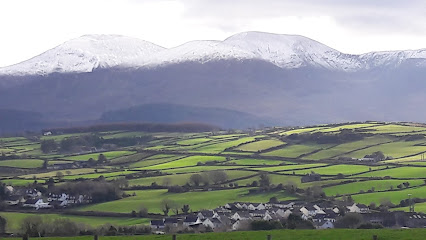
The Peace Maze
Explore The Peace Maze in Castlewellan: A serene park and intricate labyrinth symbolizing peace and unity amidst stunning natural beauty.
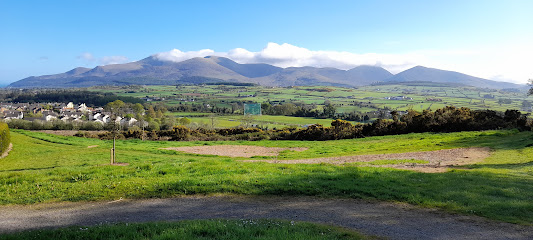
Dundrum Castle
Discover the rich history and stunning views at Dundrum Castle, a medieval treasure nestled in Northern Ireland's breathtaking landscape.
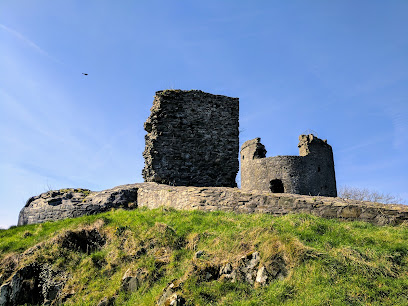
National Trust - Murlough National Nature Reserve
Explore Murlough National Nature Reserve, a stunning coastal haven in Northern Ireland, where nature lovers can enjoy diverse ecosystems and breathtaking landscapes.
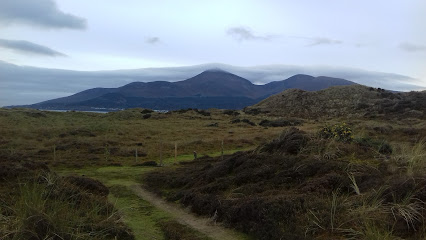
Slieve Gullion Forest Park
Discover the enchanting Slieve Gullion Forest Park, a perfect blend of scenic vistas and outdoor adventures in Northern Ireland.
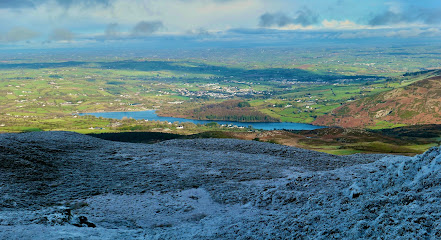
Slieve Donard
Experience the breathtaking beauty of Slieve Donard, Northern Ireland's highest peak, nestled in the enchanting Mourne Mountains.
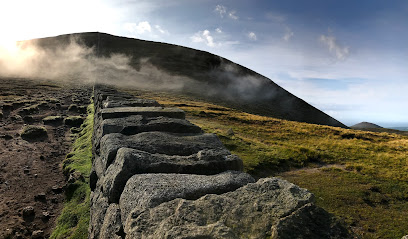
Hare's Gap
Explore the breathtaking trails of Hare's Gap in the Mourne Mountains, a must-visit hiking destination in Northern Ireland offering stunning views and serene nature.
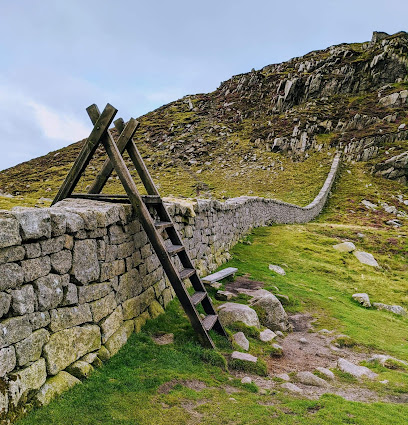
Slieve Binnian
Explore Slieve Binnian, a breathtaking mountain peak in the Mourne Mountains, offering stunning views and unforgettable hiking adventures.
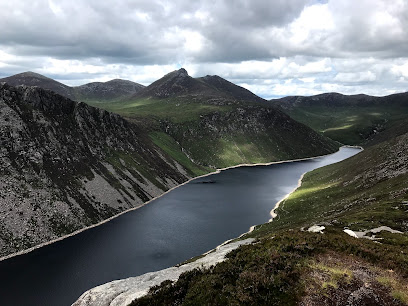
Mourne Mountain Adventures
Experience the breathtaking beauty and thrilling adventures of the Mourne Mountains at Mourne Mountain Adventures, your gateway to outdoor excitement.
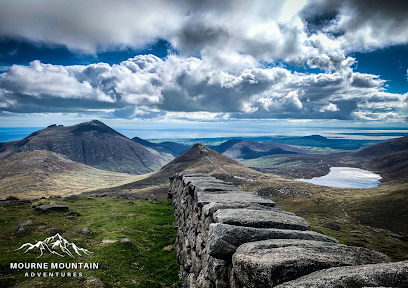
Slieve Bearnagh
Discover the breathtaking beauty of Slieve Bearnagh, a stunning mountain peak in Northern Ireland perfect for hiking and nature lovers.
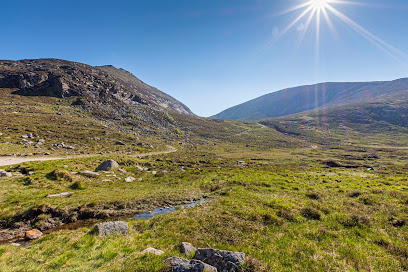
Mourne Area of Outstanding Natural Beauty
Explore the stunning landscapes and rich biodiversity of the Mourne Area of Outstanding Natural Beauty, a true outdoor paradise in Northern Ireland.
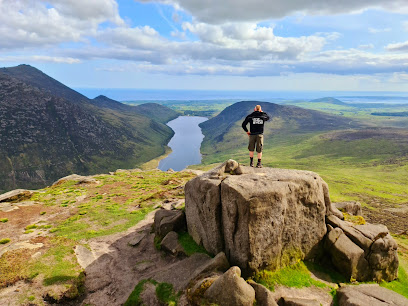
East Coast Adventure at Rostrevor Mountain Lodge, Mourne Mountains, Self Catering ensuite accommodation
Experience the thrill of adventure and the beauty of nature at East Coast Adventure, your gateway to the Mourne Mountains.
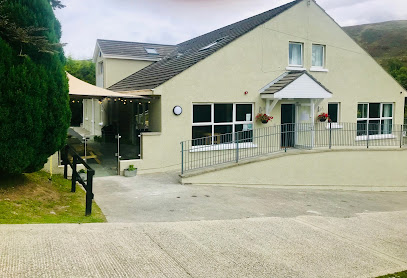
Unmissable attractions to see
Tollymore Forest Park
Explore the breathtaking landscapes, ancient trees, and rich history of Tollymore Forest Park, a serene escape in the heart of Northern Ireland.
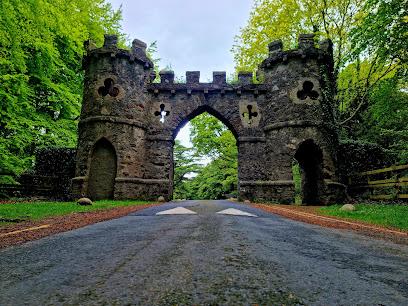
Silent Valley Mountain Park
Explore the serene landscapes of Silent Valley Mountain Park, a natural gem in Northern Ireland perfect for hiking, picnicking, and wildlife watching.
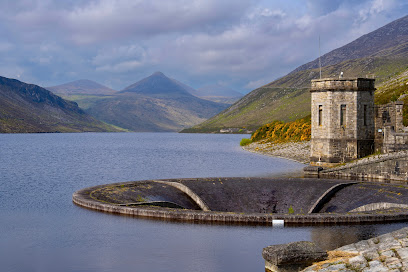
Castlewellan Forest Park
Explore the natural beauty and tranquility of Castlewellan Forest Park, a stunning national forest in Northern Ireland, perfect for outdoor enthusiasts.
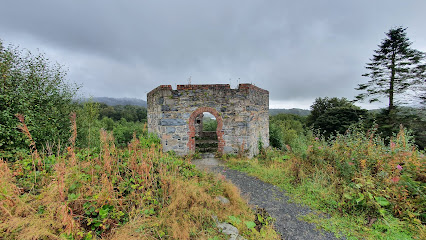
The Peace Maze
Explore the beauty and tranquility of The Peace Maze in Castlewellan, a unique attraction that embodies peace amidst stunning nature.
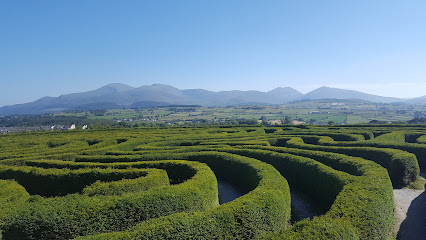
National Trust - Murlough National Nature Reserve
Explore the stunning landscapes and rich biodiversity of Murlough National Nature Reserve, a coastal haven in Northern Ireland perfect for nature lovers.
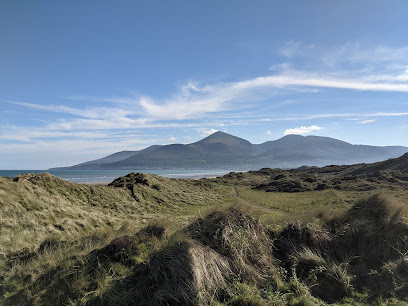
Slieve Gullion Forest Park
Explore the beauty of nature at Slieve Gullion Forest Park, a stunning outdoor escape in Northern Ireland perfect for adventure and relaxation.
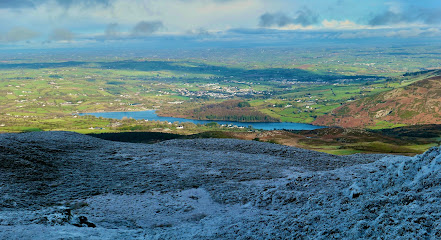
The Fairy Glen
Explore The Fairy Glen in Rostrevor, a magical hiking area filled with stunning landscapes, folklore, and serene trails waiting to be discovered.
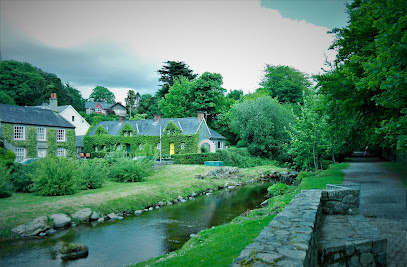
Royal County Down Golf Club
Discover the stunning Royal County Down Golf Club, a premier golfing destination in Newcastle, celebrated for its breathtaking views and challenging course.

Cultúrlann McAdam Ó Fiaich
Explore the heart of Irish culture at Cultúrlann McAdam Ó Fiaich, Belfast's vibrant center for arts, heritage, and community engagement.
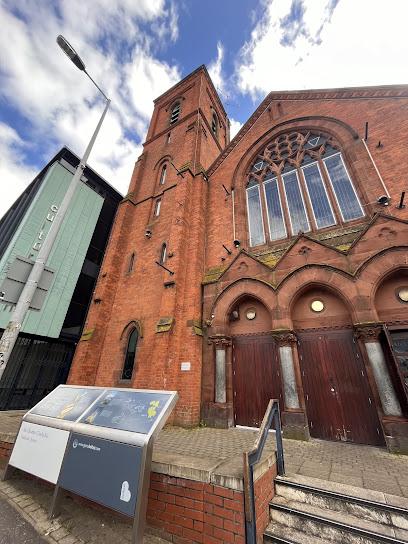
Santa's Cottage Hilltown
Experience the magic of Christmas year-round at Santa's Cottage in Hilltown, where festive charm meets delightful treats in a whimsical setting.

Murlough Beach
Explore the breathtaking Murlough Beach, where golden sands meet stunning dunes and majestic Mourne Mountains, perfect for nature lovers and beachgoers.
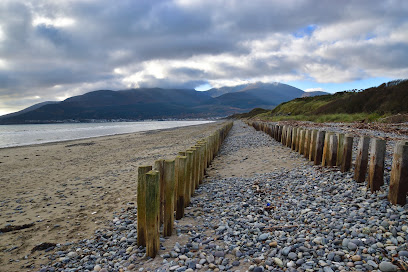
Hare's Gap
Explore the breathtaking beauty of Hare's Gap in Northern Ireland, a stunning hiking destination offering scenic views and outdoor adventures.
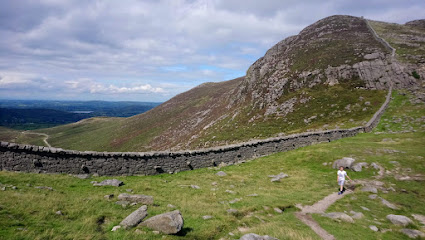
Doan
Explore the breathtaking beauty of the Mourne Mountains, a paradise for hikers and nature lovers in the UK with stunning views and rich cultural heritage.
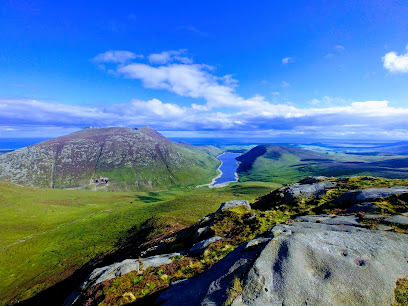
Game of Thrones Tours
Explore the stunning landscapes of Northern Ireland while visiting iconic Game of Thrones filming locations with expert-guided tours in Belfast.
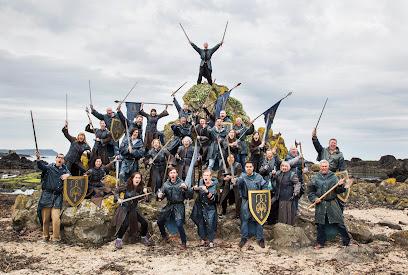
Cranfield Alpacas, Winner- Best Tourism Experience in Northern Ireland
Experience the charm of walking alpacas along the beautiful Cranfield Beach in Northern Ireland, a top-rated tourist attraction.
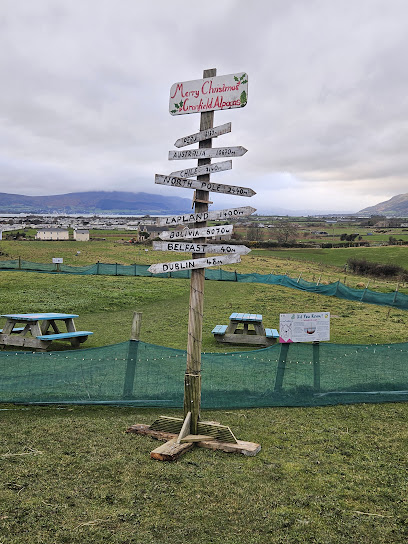
Essential places to dine
Quinns Bar
Experience authentic Irish hospitality at Quinns Bar in Newcastle with delightful cuisine and an extensive drink selection.
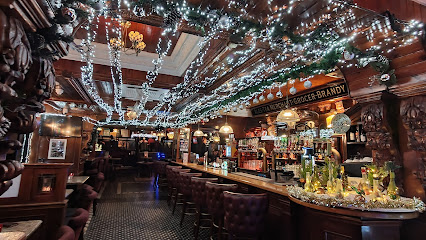
Villa Vinci
Experience authentic Italian cuisine at Villa Vinci in Newcastle - where each dish celebrates the rich flavors of Italy.
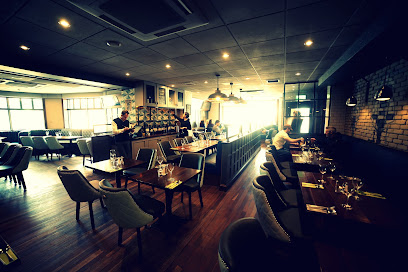
Diamonds Restaurant
Discover family-friendly dining at Diamonds Restaurant in Warrenpoint, offering delectable breakfast and modern European cuisine in a cozy atmosphere.
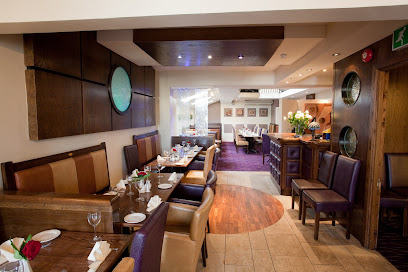
The Maghera Inn.
Discover The Maghera Inn in Castlewellan – where traditional Irish cuisine meets modern comfort in a welcoming pub atmosphere.
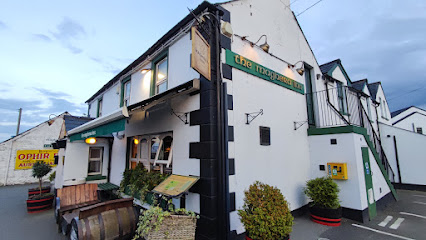
The Percy French
Discover authentic Irish cuisine and vibrant pub culture at The Percy French in Newcastle – where every meal feels like home.
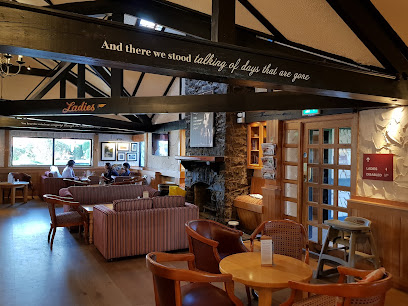
The Rostrevor Inn
Discover authentic Irish hospitality at The Rostrevor Inn - where traditional pub culture meets cozy bed & breakfast comfort in stunning surroundings.

Mourne Seafood Bar
Experience the freshest seafood at Mourne Seafood Bar in Dundrum, where coastal charm meets culinary excellence.
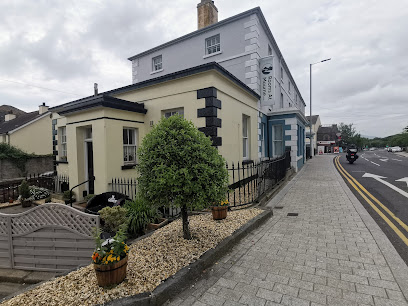
The Downshire Arms
Experience authentic Irish cuisine at The Downshire Arms in Hilltown – where tradition meets taste in a cozy setting.
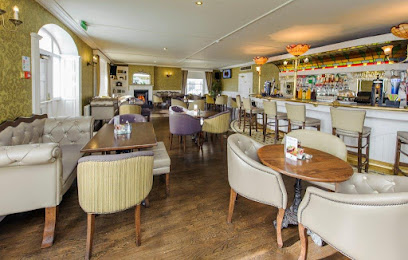
Great Jones
Experience authentic Irish cuisine at Great Jones in Newcastle - where tradition meets taste in a cozy setting.
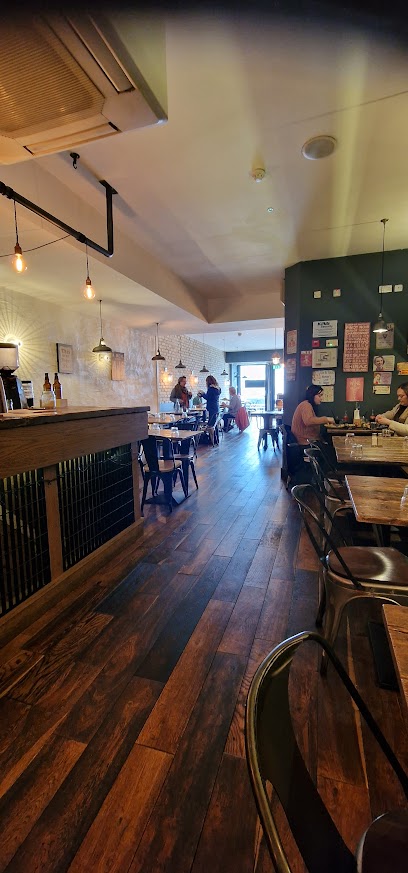
The Harbour Inn
Discover fresh seafood delights at The Harbour Inn in Annalong—where breathtaking views meet culinary excellence.
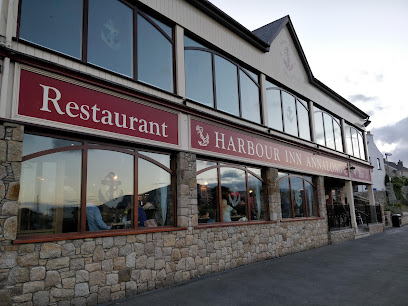
The Old School House Cafe
Discover delectable dishes at The Old School House Cafe in Rostrevor - where local flavors meet cozy ambiance.
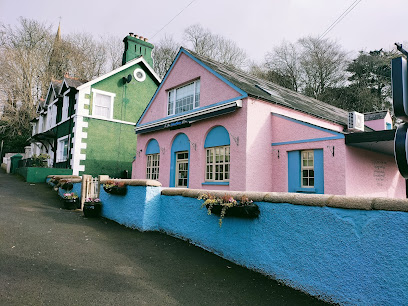
Brunel's Restaurant
Discover Brunel's Restaurant in Newcastle - where modern European cuisine meets local flavors in an unforgettable dining experience.
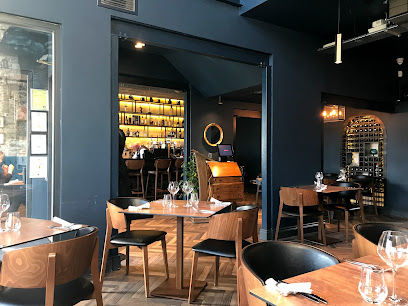
Raymie's Seafood Bar & Grill
Savor fresh seafood and succulent steaks at Raymie's Seafood Bar & Grill in Warrenpoint – where every meal is a coastal delight!
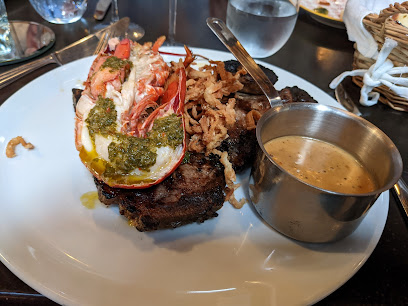
Pacha Restaurant
Experience authentic Mediterranean cuisine at Pacha Restaurant in Newcastle - where flavor meets stunning coastal views.
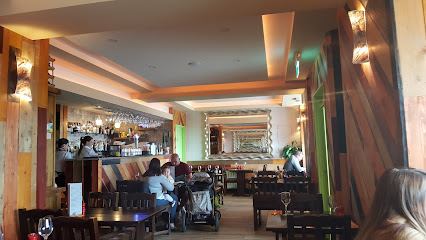
Loft 56
Discover family-friendly dining at Loft 56 in Rathfriland – where delicious meals meet warm hospitality in a cozy setting.
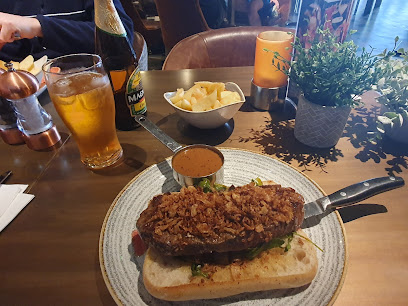
Markets, malls and hidden boutiques
The Quays Shopping Centre
Explore The Quays Shopping Centre in Newry for an unforgettable retail experience featuring top brands, dining, and entertainment options.
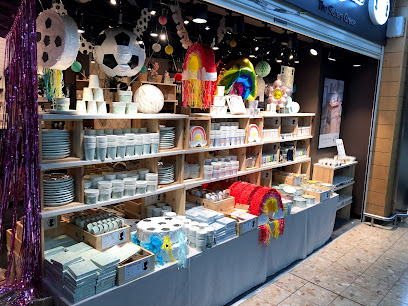
Buttercrane Shopping Centre
Discover a vibrant shopping experience at Buttercrane Shopping Centre, Newry, featuring diverse shops, dining options, and a lively atmosphere.
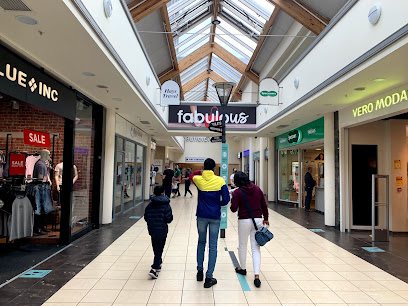
EUROSPAR Newcastle Road
Discover convenience and local flavors at EUROSPAR Newcastle Road in Kilkeel, your one-stop shop for all essentials during your travels.
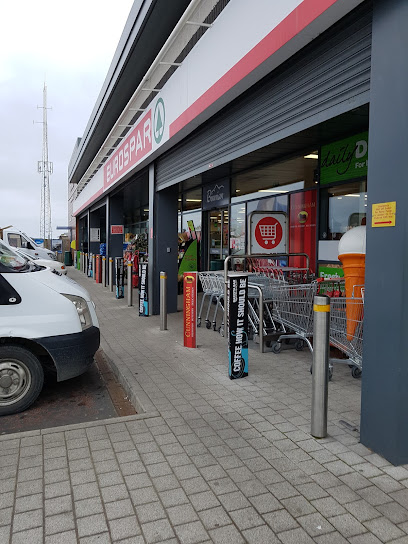
The Bonbon
Explore The Bonbon in Newcastle for unique gifts and local crafts that capture the spirit of your visit and delight those you cherish.
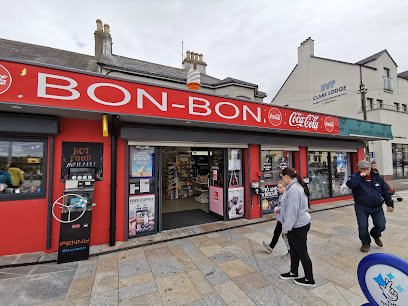
The White Gallery
Discover your dream wedding dress at The White Gallery, Warrenpoint's top bridal boutique offering exquisite gowns and personalized service.
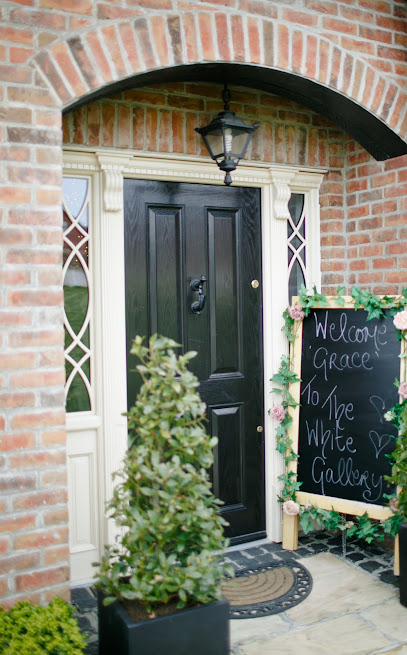
KWM Wines & Spirits
Explore KWM Wines & Spirits in Kilkeel for an exceptional selection of fine wines and liquors, perfect for connoisseurs and casual drinkers alike.
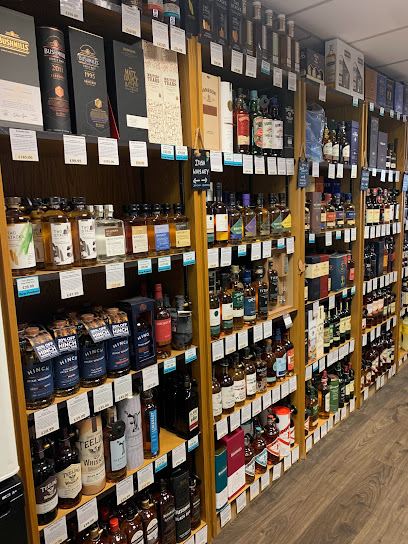
Bargain Buys
Discover unbeatable prices and a wide array of home goods and pet supplies at Bargain Buys in Kilkeel, the ultimate discount shopping destination.
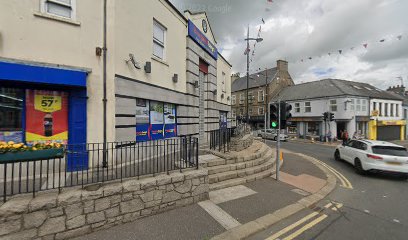
Shannon's
Discover elegant blinds, bedding, and bespoke interior solutions at Shannon's in Kilkeel, the perfect destination for home decor enthusiasts.
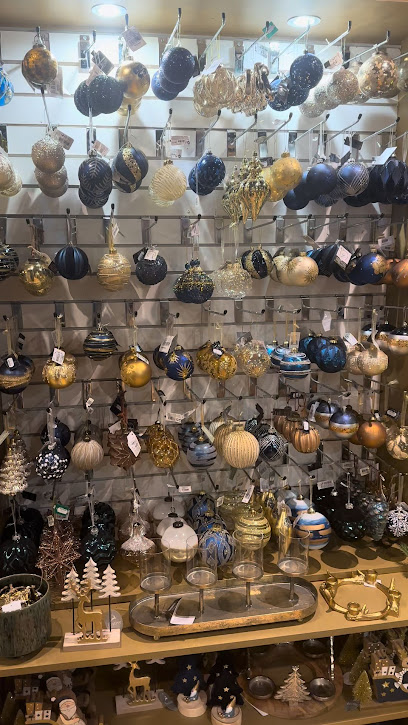
White Blossom Bridal
Find your dream wedding dress at White Blossom Bridal in Warrenpoint, where elegance meets personalized service for every bride-to-be.
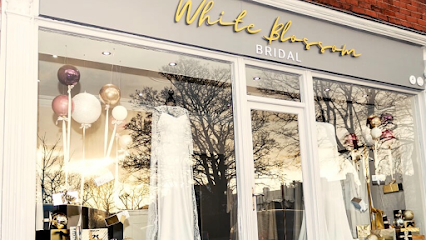
Sea Source Seafood Shop
Explore the finest seafood offerings at Sea Source Seafood Shop in Kilkeel, where fresh flavors meet local tradition.
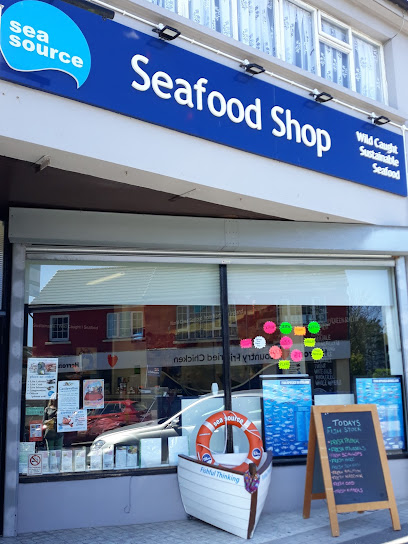
Memories Boutique | www.memoriesboutique.ie
Explore Memories Boutique in Carlingford for exquisite fashion accessories, unique jewelry, and stylish women's clothing that embody the charm of Ireland.
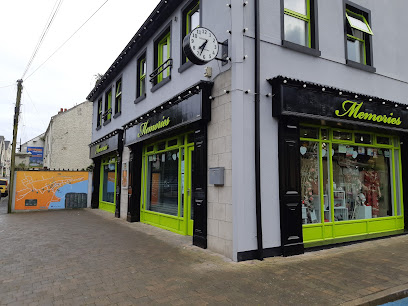
Good Craic Gifts and Souvenirs
Uncover unique treasures at Good Craic Gifts and Souvenirs in Rostrevor, where local artisans showcase their talents through beautiful handcrafted gifts.
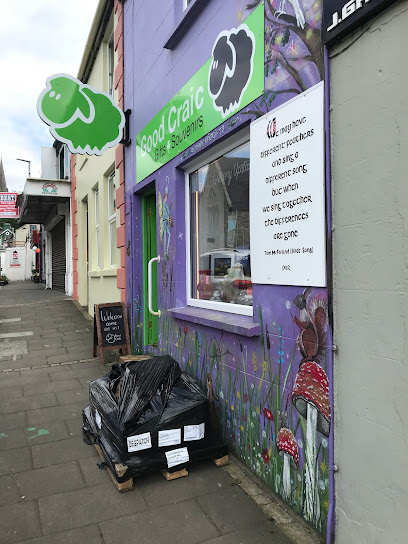
James Knox and Sons Ltd
Explore the eclectic collection of gifts, baby products, and home essentials at James Knox and Sons Ltd in Kilkeel, a true local treasure.
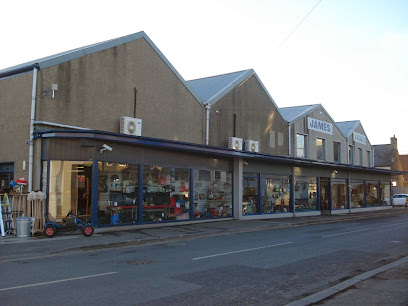
Grant Stores
Discover Kilkeel's hidden treasure at Grant Stores, a charming supermarket offering local goods and everyday essentials for every traveler.
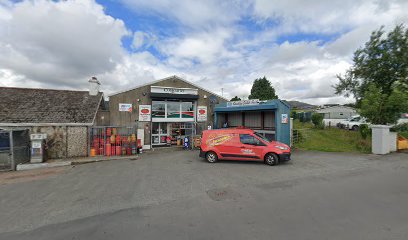
Hardy's Furniture
Explore Hardy's Furniture in Kilkeel for top-notch home furnishings, from stylish sofas to elegant bedding and flooring solutions.
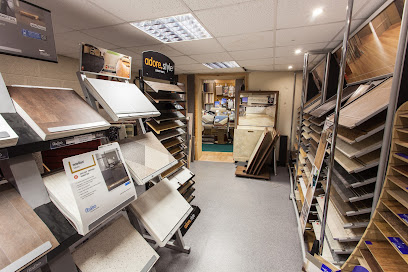
Essential bars & hidden hideouts
Quinns Bar
Discover the heart of Irish culture at Quinn's Bar in Newcastle, with traditional dishes, local brews, and a lively ambiance inviting you to unwind.
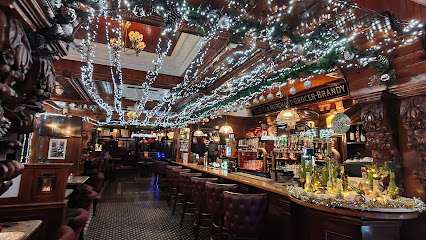
The Maghera Inn.
Discover The Maghera Inn, a delightful pub and restaurant in Castlewellan, offering local cuisine and a cozy atmosphere for travelers.

The Brass Monkey
Experience the vibrant flavors of The Brass Monkey, a premier grill in Newry offering delicious dishes and a lively atmosphere for every occasion.

Maginns
Discover Maginns, a cozy pub in Castlewellan offering traditional Irish cuisine, local beers, and a vibrant atmosphere for a memorable experience.
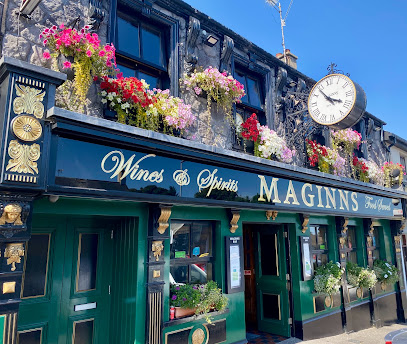
The Rostrevor Inn
Experience the essence of Irish hospitality at The Rostrevor Inn, where traditional cuisine meets cozy comfort in a stunning village setting.

O'Hares Lounge Bars
Experience the warmth of Irish hospitality at O'Hares Lounge Bars in Newcastle, where good company meets great food and drinks.
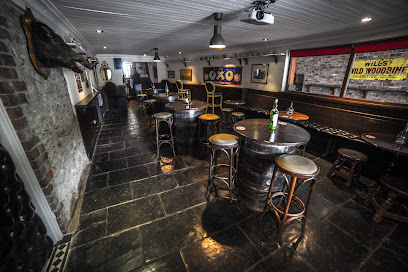
The Bridge Bar
Experience the lively vibe of The Bridge Bar in Newry, a local favorite with live music, a cozy beer garden, and authentic pub culture.
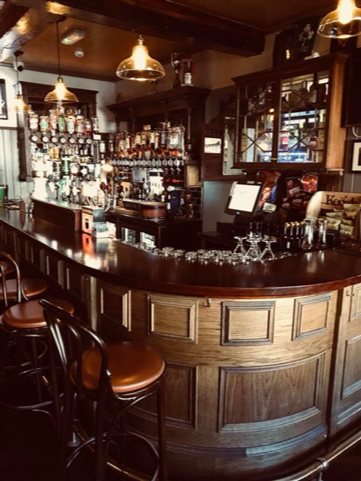
Cobbles Bar
Experience the vibrant blend of delicious grill cuisine and an energetic nightclub atmosphere at Cobbles Bar in Newry.
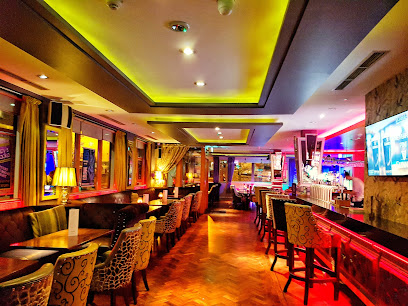
No7 Duke Street (The Duke)
Discover the lively No7 Duke Street in Warrenpoint, where delicious cuisine, vibrant music, and a welcoming atmosphere await your visit.
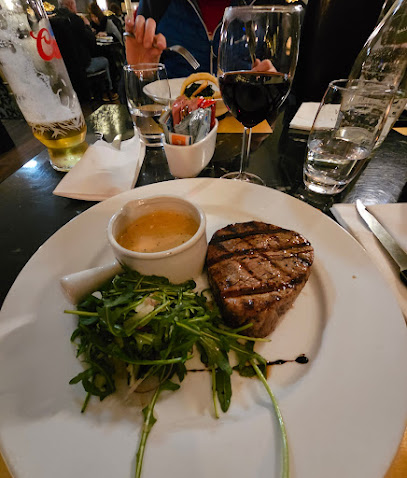
Macken's Bar
Experience the heart of Ireland at Macken's Bar, where traditional cuisine meets coastal charm in Newcastle.
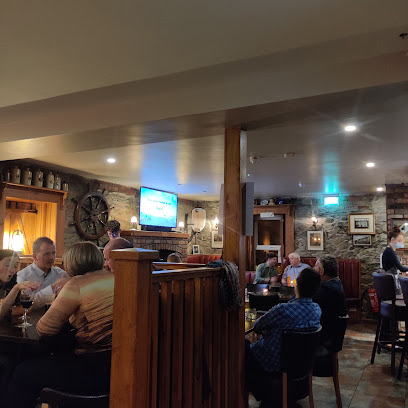
Kilbroney Bar
Discover the vibrant atmosphere and delicious cuisine at Kilbroney Bar, a true gem in the heart of Rostrevor.
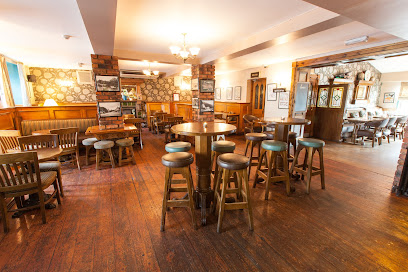
Railway Bar
Experience authentic Irish culture at the Railway Bar, a cozy pub in Newry offering local brews, hearty meals, and a vibrant atmosphere.
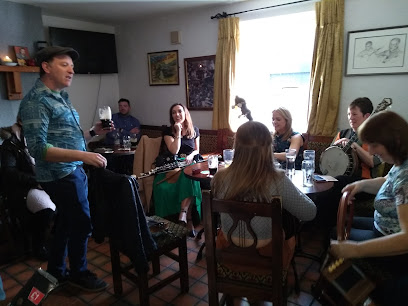
The Mariner Bar & Restaurant
Experience the perfect blend of coastal dining and pub culture at The Mariner Bar & Restaurant in Newcastle, Northern Ireland.
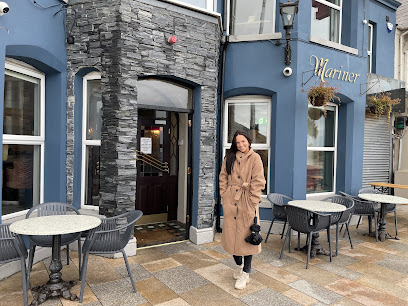
Ye Old Ship Inn
Discover the heart of Warrenpoint at Ye Old Ship Inn, a charming pub serving local flavors and warm hospitality in a delightful setting.
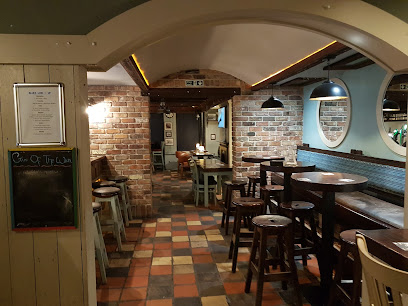
The First & Last
Discover the charm of The First & Last, a welcoming pub in Warrenpoint offering a delightful menu and a vibrant atmosphere for all visitors.

Local Phrases about Mourne Mountains
-
- HelloDia duit
[dee-uh gwitch] - GoodbyeSlán
[slawn] - YesTá
[taw] - NoNíl
[neel] - Please/You're welcomeLe do thoil
[leh duh hull] - Thank youGo raibh maith agat
[guh rev mah agut] - Excuse me/SorryTá brón orm
[taw broan orum] - How are you?Conas atá tú?
[kun-us ah-taw too] - Fine. And you?Tá mé go maith. Agus tú?
[taw may guh mah. Ah-gus too] - Do you speak English?An labhraíonn tú Béarla?
[ahn law-ree-un too bayr-lah] - I don't understandNí thuigim
[nee hig-im]
- HelloDia duit
-
- I'd like to see the menu, pleaseBa mhaith liom an mianu a fheiceáil, le do thoil
[bah wah lum on mee-an-oo ah ek-ah-leh, leh duh hull] - I don't eat meatNí ithim feoil
[nee ih-him foh-il] - Cheers!Sláinte!
[slawn-cheh] - I would like to pay, pleaseBa mhaith liom íoc, le do thoil
[bah wah lum ee-uck, leh duh hull]
- I'd like to see the menu, pleaseBa mhaith liom an mianu a fheiceáil, le do thoil
-
- Help!Cabhair!
[cah-wir] - Go away!Imigh uaim!
[ih-mee oo-im] - Call the Police!Glan an Gharda!
[glan on gahr-duh] - Call a doctor!Glan dochtúir!
[glan dohk-too-err] - I'm lostTá mé caillte
[taw may kye-el-teh] - I'm illTáim tinn
[taw-im chin]
- Help!Cabhair!
-
- I'd like to buy...Ba mhaith liom ceannach...
[bah wah lum can-uck] - I'm just lookingNíl mé ach ag breathnú
[neel may ohk egg brann-oo] - How much is it?Cé mhéad é?
[kay vayd ay] - That's too expensiveTá sé ró-dhaor
[taw shay row-yoor] - Can you lower the price?An féidir leat an praghas a ísliú?
[ahn fay-dur lat on prah-guss ah eesh-loo]
- I'd like to buy...Ba mhaith liom ceannach...
-
- What time is it?Cén t-am é?
[kayn tahm ay] - It's one o'clockTá sé a haon a chlog
[taw shay ah hayn ah khlog] - Half past (10)Leathuair tar éis a deich
[lah-hoo-ir tar es ah deh] - MorningMaidin
[mah-deen] - AfternoonTráthnóna
[traw-noh-nah] - EveningTráthnóna
[traw-noh-nah] - YesterdayInné
[in-ay] - TodayInniu
[in-yoo] - TomorrowAmárach
[ah-mar-ahk] - 1Aon
[ayn] - 2Dó
[doh] - 3Trí
[tree] - 4Ceathair
[cah-her] - 5Cúig
[koo-ig] - 6Sé
[shay] - 7Seacht
[shakht] - 8Ocht
[ukht] - 9Naoi
[nee] - 10Deich
[deh]
- What time is it?Cén t-am é?
-
- Where's a/the...?Cá bhfuil...?
[kaw vil] - What's the address?Céard atá ar an seoladh?
[kay-ard ah-taw air on shoh-lah] - Can you show me (on the map)?An bhfuil tú in ann mé a thaispeáint (ar an léarscáil)?
[ahn vil too in on may ah hah-sh-paynt (ar on lay-ars-kawl)] - When's the next (bus)?Cathain a bheidh an chéad iarsma?
[kah-hin ah veh on khayd eer-smah] - A ticket (to ....)Ticéad (go dtí ....)
[tick-ayd (guh dee)]
- Where's a/the...?Cá bhfuil...?
History of Mourne Mountains
-
The Mourne Mountains have been inhabited since prehistoric times. Archaeological evidence suggests that the area was settled by Neolithic farmers around 4000 BC. These early settlers left behind megalithic tombs and stone circles, some of which can still be seen today, providing a glimpse into the ancient life and rituals of the region.
-
During the early medieval period, the Mourne Mountains became a significant center for Christian monasticism. Saint Donard, a follower of Saint Patrick, is believed to have established a hermitage on Slieve Donard, the highest peak in the mountains. The mountain itself is named after him, and it became a site of pilgrimage for centuries.
-
In the 12th century, the Normans arrived in Ireland and began to exert their influence over the region. The Mourne Mountains were no exception, and the area saw the construction of several castles and fortifications. These structures were built to control the local population and secure the strategic passes through the mountains.
-
One of the most iconic features of the Mourne Mountains is the Mourne Wall. Constructed between 1904 and 1922 by the Belfast Water Commissioners, the wall stretches for 22 miles and encloses the catchment area of the Silent Valley Reservoir. Built entirely by hand, the wall stands as a testament to the engineering skills and hard labor of the workers who created it.
-
The Silent Valley Reservoir, completed in 1933, was built to supply water to Belfast and the surrounding areas. The construction of the reservoir was a massive engineering project that involved the relocation of several small communities and the creation of a significant infrastructure network. Today, the reservoir is a popular tourist destination, known for its stunning scenery and historical significance.
-
The Mourne Mountains have experienced several natural disasters throughout their history. Notably, the area was affected by the Great Irish Famine in the mid-19th century, which led to widespread suffering and emigration. The rugged terrain and harsh climate of the mountains made survival particularly difficult for the inhabitants during this period.
-
In recent decades, the Mourne Mountains have been the focus of significant conservation efforts. The area has been designated as an Area of Outstanding Natural Beauty (AONB) and is protected by various environmental regulations. These efforts aim to preserve the unique natural and cultural heritage of the Mournes for future generations to enjoy.
Mourne Mountains Essentials
-
The Mourne Mountains are located in County Down, Northern Ireland. The nearest international airports are George Best Belfast City Airport and Belfast International Airport, both approximately an hour's drive away. From Belfast, you can rent a car or take a bus operated by Translink to Newcastle, which is a convenient entry point to the Mourne Mountains. Alternatively, if you're coming from Dublin, it is a two-hour drive. There are also train services to Newry, from which you can take a taxi or bus to reach the area.
-
Once in the Mourne Mountains, the most convenient way to get around is by car. Car rental services are available in Belfast and Dublin. For those preferring public transport, local bus services connect key towns and villages surrounding the mountains, although service may be limited on weekends and holidays. Taxis are available but can be costly. Walking and cycling are excellent options for exploring the trails and scenic routes within the mountains.
-
The official currency in Northern Ireland is the British Pound Sterling (GBP). Credit and debit cards are widely accepted in hotels, restaurants, and larger shops, but it's advisable to carry some cash for smaller establishments, parking fees, and rural areas. ATMs are available in towns like Newcastle and Newry, but it's wise to withdraw enough cash before venturing into the more remote parts of the Mourne Mountains.
-
The Mourne Mountains are generally a safe destination for tourists. However, it is advisable to take standard precautions such as not leaving valuables in plain sight in your car and being mindful of your belongings in crowded areas. The area has a low crime rate, but it is always best to stay vigilant. When hiking, ensure you are adequately prepared for changing weather conditions and inform someone of your plans. Mobile phone signal can be weak in some parts, so carry a map and compass as backup.
-
In case of emergency, dial 999 or 112 for police, fire, or medical assistance. The nearest hospitals with emergency departments are in Newry and Downpatrick. It's recommended to have travel insurance that covers medical emergencies. For minor health issues, there are pharmacies in Newcastle and other nearby towns. Mountain rescue services are available, but it is crucial to be well-prepared for outdoor activities to minimize the risk of accidents.
-
Fashion: Do wear comfortable and sturdy footwear suitable for hiking. Dress in layers to adapt to changing weather conditions. Religion: Do respect local customs and traditions. Public Transport: Do be courteous to fellow passengers and give up your seat to elderly or disabled individuals. Greetings: Do greet people with a friendly 'hello' or 'hi'. A handshake is common for more formal meetings. Eating & Drinking: Do try local delicacies such as Irish stew and soda bread. Don't forget to sample some local seafood if you get the chance.
-
To experience the Mourne Mountains like a local, consider visiting during the off-peak seasons for a quieter experience. Early mornings and late afternoons offer the best light for photography. Stop by local pubs and cafes to enjoy traditional Irish music and chat with the locals. Don't miss the chance to explore the Mourne Coastal Route for stunning views and hidden gems. Hiking the Slieve Donard, the highest peak in Northern Ireland, is a must-do for avid hikers. Finally, always follow the 'Leave No Trace' principles to keep the area pristine for future visitors.
Trending Landmarks in Mourne Mountains
-
Ireland
-
Tollymore Forest Park
-
Silent Valley Mountain Park
-
Castlewellan Forest Park
-
The Peace Maze
-
Dundrum Castle
-
National Trust - Murlough National Nature Reserve
-
Slieve Gullion Forest Park
-
Slieve Donard
-
Hare's Gap
-
Slieve Binnian
-
Mourne Mountain Adventures
-
Slieve Bearnagh
-
Mourne Area of Outstanding Natural Beauty
-
East Coast Adventure at Rostrevor Mountain Lodge, Mourne Mountains, Self Catering ensuite accommodation
Nearby Cities to Mourne Mountains
-
Things To Do in Drogheda
-
Things To Do in Port Erin
-
Things To Do in Port St Mary
-
Things To Do in Peel
-
Things To Do in Dublin
-
Things To Do in Castletown
-
Things To Do in Ballasalla
-
Things To Do in Kirk Michael
-
Things To Do in Douglas
-
Things To Do in Onchan
-
Things To Do in Bray
-
Things To Do in Laxey
-
Things To Do in Ramsey
-
Things To Do in Derry
-
Things To Do in Athlone

